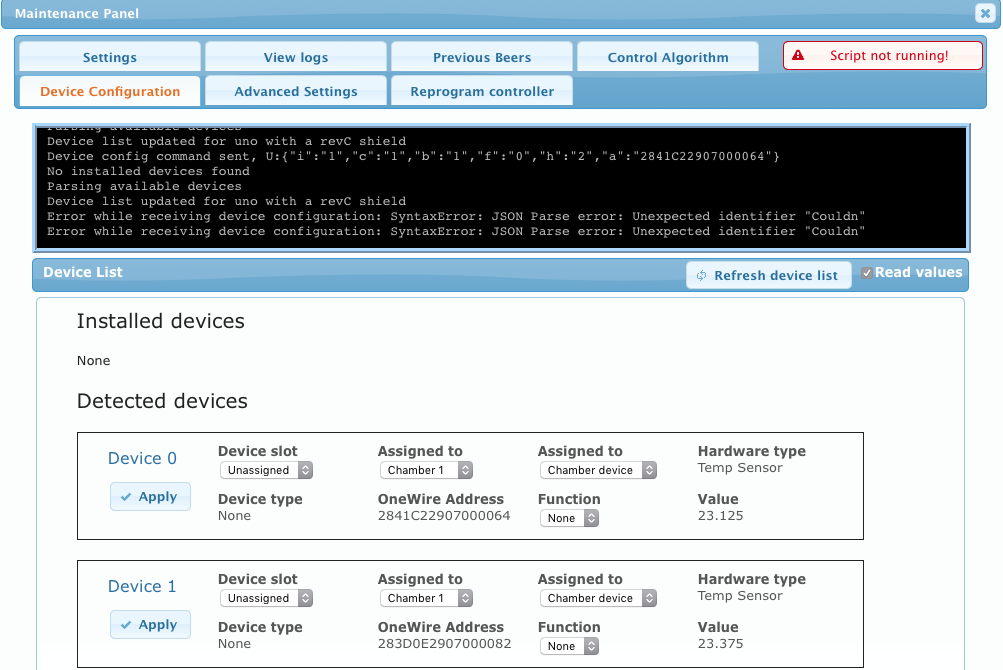Thanks @day_trippr. The part where the diodes light when grounded makes sense. I am less good on why they don't light all the time when connected to the D5/6. Don't those connections also provide a path to ground via the relay coils (IN1/2)? I mean, I believe it works, it obviously does, and you make your living doing this; I just don't understand how it works. 
Oh wait ... glimmer of understanding ... are D5/6 "grounds" for that circuit? I'm probably using the wrong terminology but if the coils are energized via VCC and the circuit is completed via D5/6 to ground, I guess that makes sense.
Oh wait ... glimmer of understanding ... are D5/6 "grounds" for that circuit? I'm probably using the wrong terminology but if the coils are energized via VCC and the circuit is completed via D5/6 to ground, I guess that makes sense.







































![Craft A Brew - Safale S-04 Dry Yeast - Fermentis - English Ale Dry Yeast - For English and American Ales and Hard Apple Ciders - Ingredients for Home Brewing - Beer Making Supplies - [1 Pack]](https://m.media-amazon.com/images/I/41fVGNh6JfL._SL500_.jpg)


















